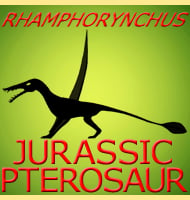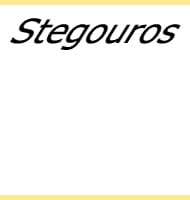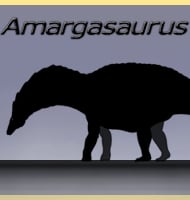In Depth
Jeholodens was a small triconodont mammal that lived in China during the early Cretaceous. Triconodont mammals like Jeholodens are so named because they have three cusps on the crowns of their teeth. Jeholodens is noted for having bone developments that were fairly advance for mammals during its time of the early Cretaceous. Some of these features include hands capable of grasping and a prehensile tail, all features that would be of a great help when climbing and moving through trees and shrubs, which may also indicate at least a partially arboreal lifestyle for Jeholodens. Jeholodens is also noted for having eyes that were proportionately large for the skull size, which may be a sign that Jeholodens was a nocturnal creature with the larger eyes capable of capturing greater amounts of light.
Further Reading
- A Chinese triconodont mammal and mosaic evolution of the mammalian skeleton. - Nature 398:326-330. - Q. Ji, Z. Luo & S. Ji - 1999.









